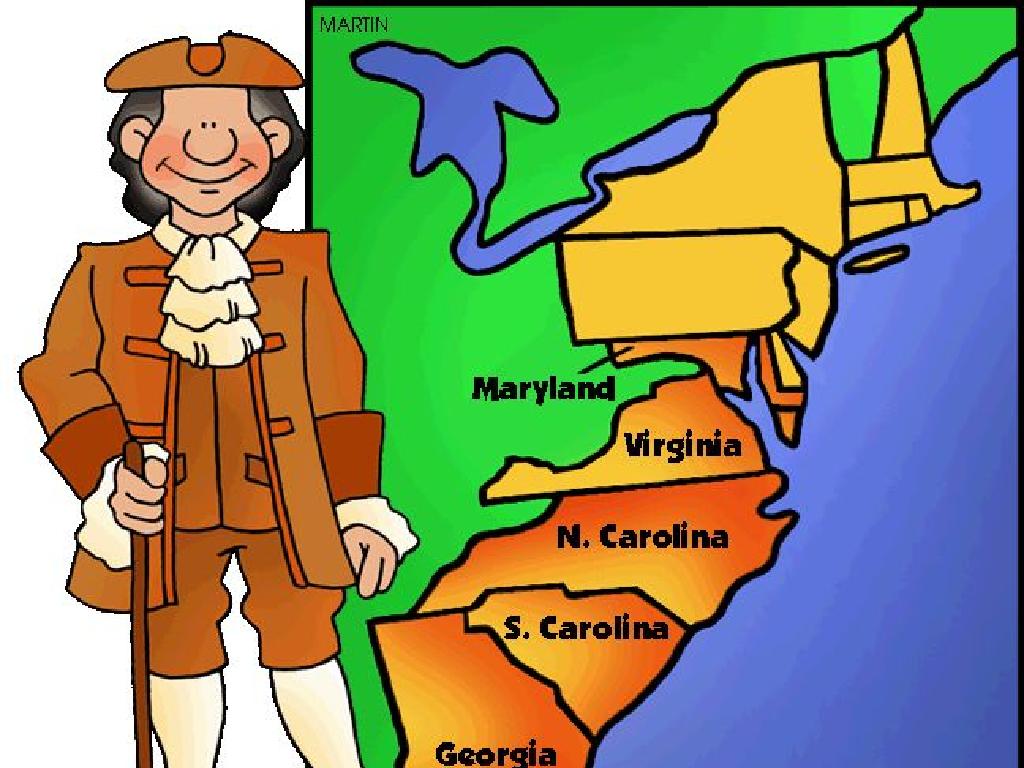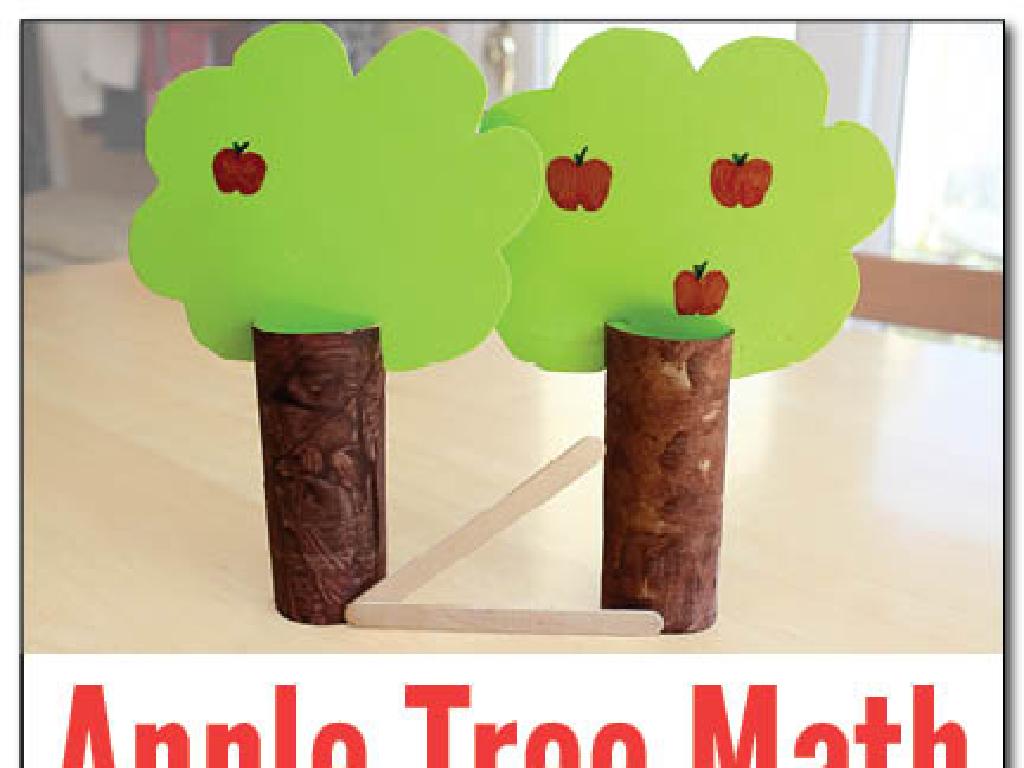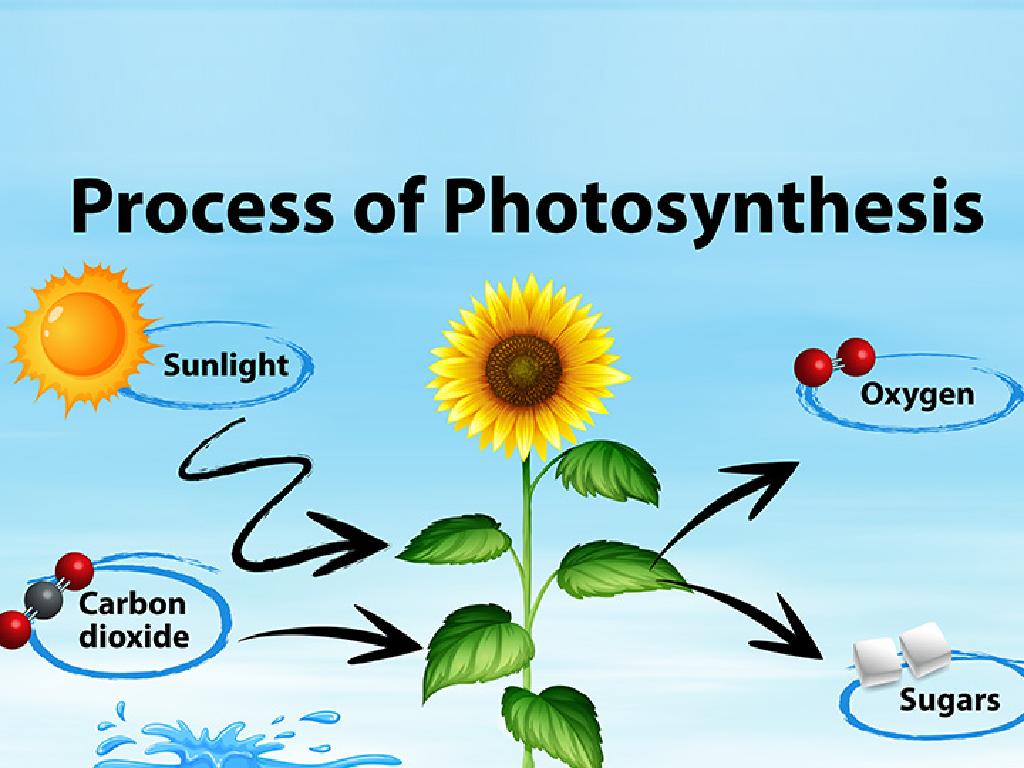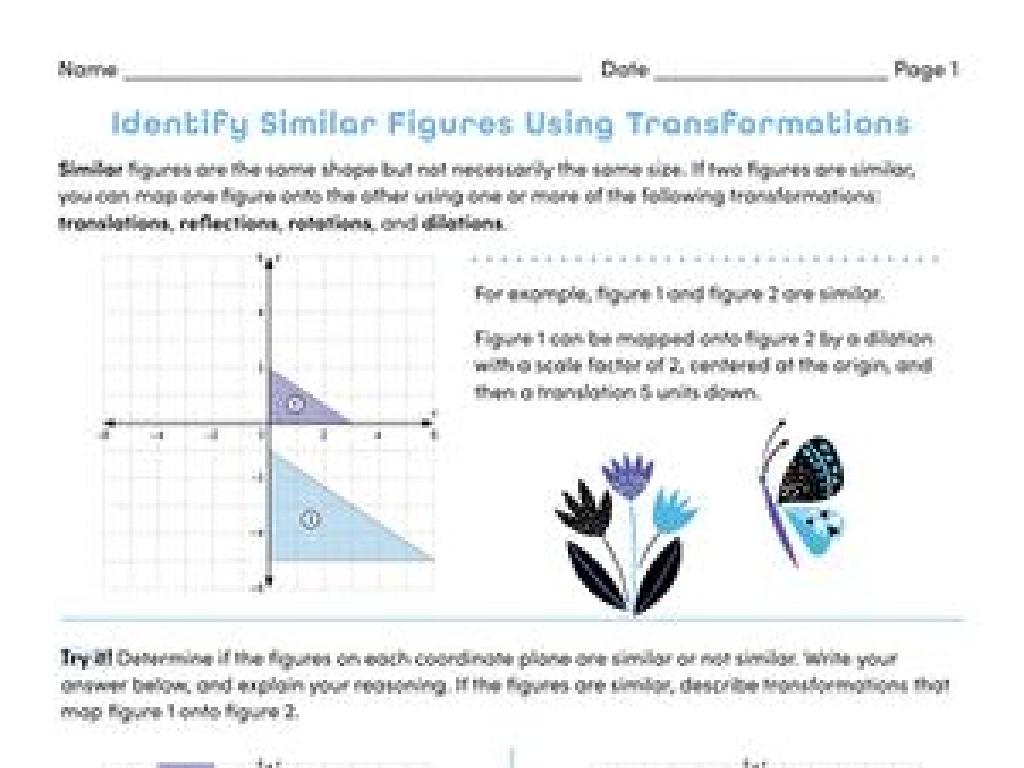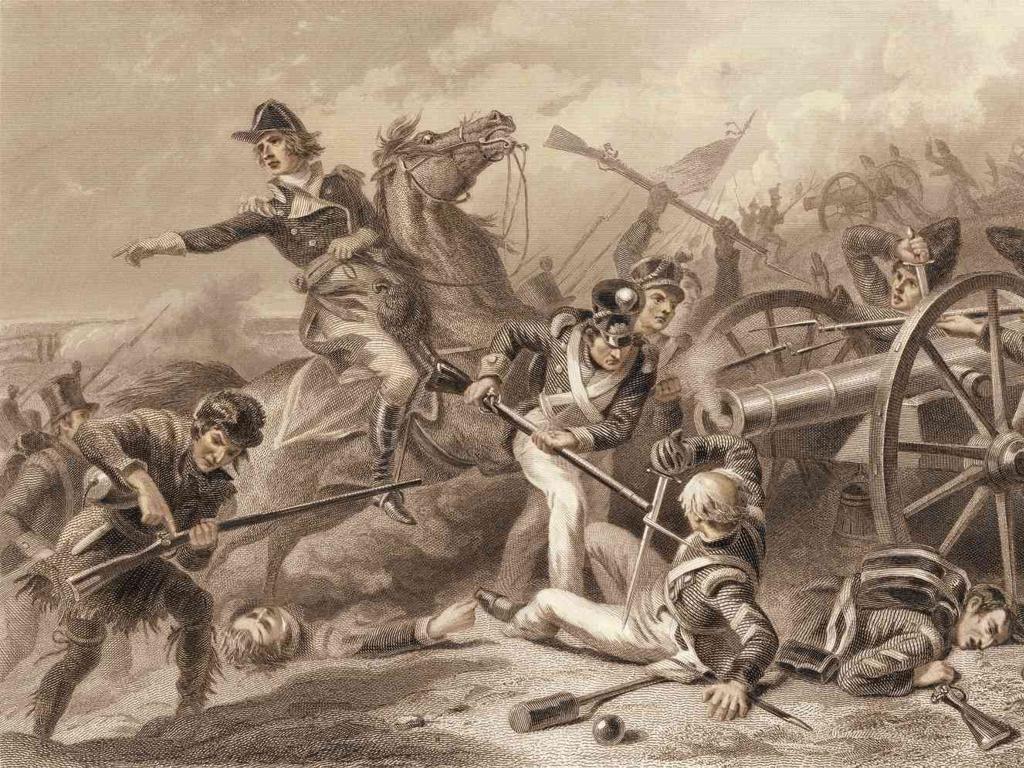Use Cube Trains To Solve Subtraction Word Problems - Up To 10
Subject: Math
Grade: First grade
Topic: Subtraction Word Problems Up To 10
Summary: Introduce first graders to subtraction word problems up to 10 with engaging cube train activities. Students use colorful cubes to physically model subtraction, reinforcing math skills through hands-on practice. Interactive scenarios help visualize 'taking away,' deepen understanding, and build confidence in solving basic subtraction problems. Pair activities, storytelling, and review sessions ensure a well-rounded mastery of subtraction with fun and effective learning tools.
Please LOG IN to download the presentation. Access is available to registered users only.
View More Content
Welcome to Subtraction!
– Subtraction means taking away
– Like having 5 apples and giving away 2
– Cube trains for subtraction
– Use colorful cubes to represent numbers
– Solve problems up to 10
– Example: 10 cubes, take away 3, count what’s left
– Practice makes perfect
|
This slide introduces first graders to the concept of subtraction as a means of taking away. Start by explaining subtraction with simple, relatable examples such as having a certain number of items and then giving some away. Introduce cube trains as a visual and tactile method to help students understand and solve subtraction problems. Use cube trains to demonstrate how to subtract numbers up to 10 by physically removing cubes and counting the remaining ones. Encourage students to practice with different numbers to reinforce the concept. The goal is for students to become comfortable with basic subtraction using hands-on activities.
Understanding Subtraction with Cube Trains
– Subtraction means taking away
– It shows how many are left
– Example with apples
– Start with 5 apples, eat 2, count how many left
– Practice with cube trains
– Use cubes to represent apples and remove some to find the answer
|
This slide introduces the concept of subtraction to first graders by relating it to a simple real-life scenario of having a certain number of items and then taking some away. The example uses apples to illustrate subtraction in a tangible way. Encourage the students to visualize the apples and the act of eating them to understand the concept of ‘taking away.’ After explaining the example, transition to using cube trains as a hands-on activity. Provide each student with a set of cubes (up to 10) and word problems that they can solve by physically grouping and removing cubes to find out how many are left. This kinesthetic approach helps solidify the concept of subtraction by making it interactive and engaging.
Meet the Cube Trains: Learning Subtraction
– Cube trains help us count
– Each cube equals one unit
– Show taking away with cubes
– If we start with 5 cubes and take 2 away, how many are left?
– Practice subtraction problems
– Let’s try 7 cubes minus 3 with our cube trains!
|
Cube trains are a visual and tactile tool to help first graders understand the concept of subtraction as ‘taking away’. Each block or ‘cube’ represents one unit, making it easier for students to count and see the subtraction process. Start by demonstrating how to use cube trains to represent a number, then show how removing cubes can represent subtraction. Encourage students to physically manipulate the cube trains to solve subtraction problems. For the class activity, provide a variety of word problems and have students use their cube trains to find the answers. Possible activities include: creating their own subtraction word problems, working in pairs to solve problems, or even a cube train ‘race’ where students compete to solve problems the fastest.
Solving Subtraction Stories with Cube Trains
– Subtraction stories mean taking away
– Cube trains help us find answers
– Imagine a train of cubes, and we remove some, what’s left?
– Let’s solve a subtraction story together
– Example: 10 cubes, take 3 away, how many left?
– Practice makes perfect
|
This slide introduces first graders to the concept of using cube trains as a visual aid to solve subtraction word problems. Start by explaining that subtraction word problems are like stories where something is taken away. Show them how cube trains can represent these problems physically, making it easier to understand. Walk through a simple example as a class, such as starting with a train of 10 cubes and taking 3 away, then counting the remaining cubes. Encourage the students to visualize the action of removing cubes from the train. After the example, let the students practice with different numbers of cubes, ensuring they grasp the concept of subtraction as ‘taking away’.
Let’s Solve Together: Subtraction with Cube Trains
– Start with 7 cube toy cars
– Remove 3 cube cars that drive away
– Count the remaining cube cars
– How many cube cars are left?
This is the result of our subtraction problem
|
This slide is an interactive class activity designed to help first graders understand subtraction through a tangible and visual method. Begin by guiding the students to create a train of 7 cubes, representing the toy cars on the track. Then, instruct them to physically remove 3 cubes from their train to represent the cars driving away. After removing the cubes, ask the students to count the remaining cubes to find out how many are left. This hands-on approach helps solidify the concept of subtraction by showing the students the process of ‘taking away’. For the activity, consider having different colored cubes to make it visually engaging, and prepare additional similar word problems for students who finish early or for those who need more practice.
Your Turn to Solve with Cube Trains!
– Try solving a subtraction problem
– Use cube trains for help
– Cube trains can represent numbers visually
– Count each cube carefully
– Make sure to count one by one
– Check your answer twice
– Ensure your final count matches your subtraction result
|
This slide is an interactive activity for students to practice subtraction word problems using cube trains. Cube trains are a hands-on tool that helps students visualize the subtraction process. Encourage the students to set up their cube trains according to the problem, then remove the cubes that represent the amount being subtracted. Remind them to count each cube one by one to avoid mistakes. After solving the problem, they should double-check their work by recounting. Possible activities include: subtracting items from a starting number, comparing two cube trains to find the difference, or using cube trains to represent a story problem. The goal is to build confidence in solving subtraction problems and to reinforce the concept of ‘taking away’ in a tangible way.
Class Activity: Cube Train Subtraction
– Pair up for subtraction fun
– Use cube trains for problem-solving
– Cubes linked together to represent numbers
– Find the answers together
– Subtract by removing cubes from the train
– Share your solutions with everyone
|
This activity is designed to encourage collaborative learning and hands-on experience with subtraction. Students will work in pairs, which promotes teamwork and communication. Provide each pair with cube trains, which are physical manipulatives that can be linked together to represent numbers. As they solve subtraction problems, they will physically remove cubes to see the result, which helps in understanding the concept of ‘taking away’. After solving the problems, each pair will present their answers, fostering a sense of community and shared learning. Be prepared with different subtraction scenarios for the students to solve, and ensure that each pair has enough cubes to represent numbers up to 10. Monitor the class to provide guidance and ensure that each student is engaged in the activity.
Review: Subtraction with Cube Trains
– Subtraction means taking away
– Cube trains visualize subtraction
– Picture cubes lined up and remove some to find out how many are left
– Solve word problems using subtraction
– Read a story problem, then use cubes to find the answer
– Practice makes perfect
– Try with different numbers to get better
|
This slide is a recap of what we’ve learned about using cube trains to solve subtraction problems. Subtraction is the process of taking away from a group or number. Cube trains are a tangible way for students to visualize this process by physically removing cubes from a train. When faced with a word problem, students can use cube trains to represent the problem and then subtract cubes to find the solution. Encourage students to practice with various word problems to strengthen their understanding and proficiency. Provide examples of word problems and guide them through solving these using cube trains. This hands-on approach helps solidify the concept of subtraction in a practical and engaging way.
Class Activity: Subtraction Story Time
– Create a subtraction story
– Use cube trains for the problem
– Cube trains help visualize taking away
– Solve your story problem
– Find how many cubes are left
– Present story and solution
|
This activity is designed to help first graders understand subtraction by creating a story that involves taking away items, represented by cubes. Teachers should guide students to think of a scenario where items are removed, such as ‘5 apples on a table and 2 are taken away’. Students then use cube trains to represent the items and physically remove cubes to solve the problem. Encourage creativity in their stories and ensure they understand the concept of ‘taking away’. After solving, each student will present their story and demonstrate their solution with the cube trains. Possible variations for different students could include using different starting numbers of cubes or creating stories with different contexts, like playing with toys or sharing snacks.

